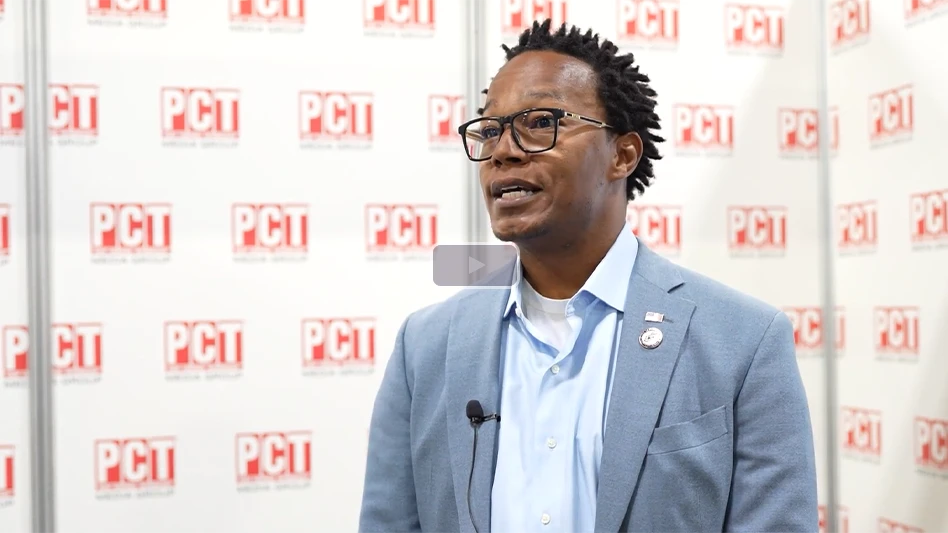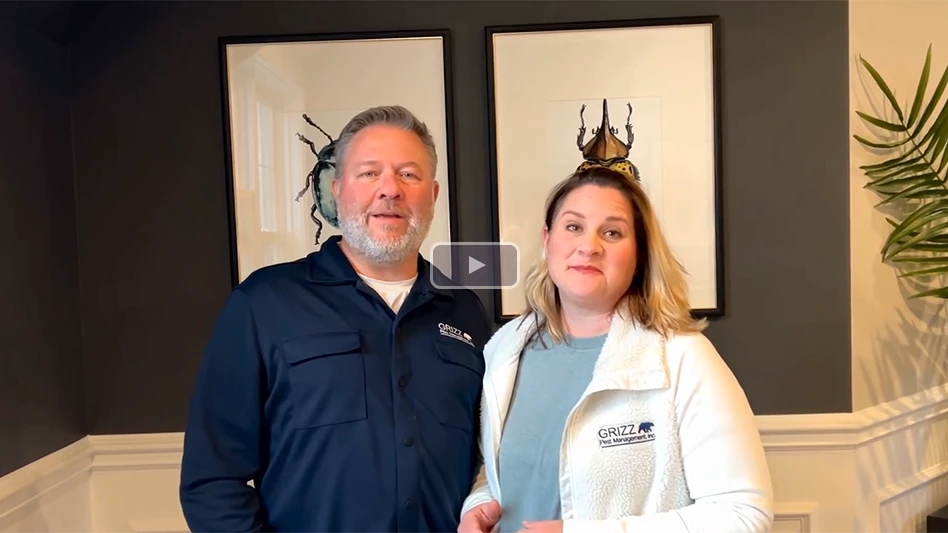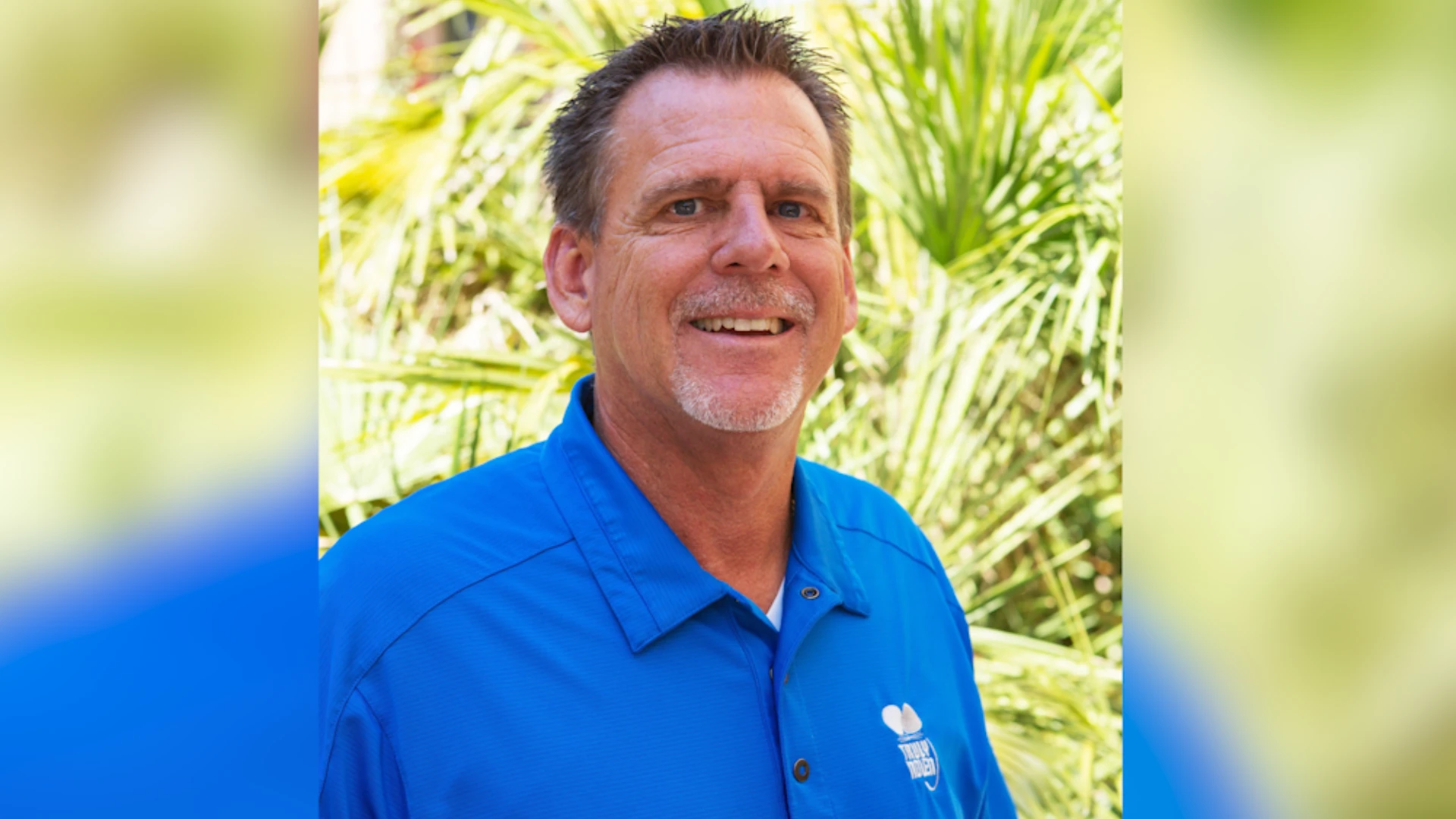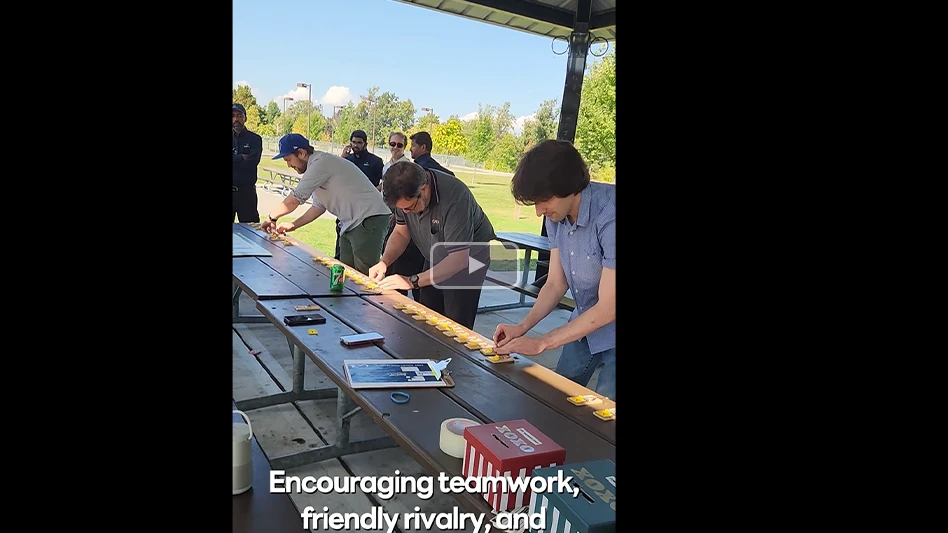When my phone rang on a Sunday afternoon last year, I was eager to answer it. At the time, I believed each call was a potential order.
Before accepting a job, I wanted to know two things: What was the caller’s problem, and did I have experience handling it?
Like most pest management professionals, I value the lessons I’ve learned from past jobs, as well as the training I’ve gained from experts in our industry. My ability to say "been there, done that" fuels my confidence, and it helps clients realize they’re in good hands when they turn to my company, Guaranteed Gone Pest Elimination.
As a certified pest elimination specialist, I help residential and commercial customers throughout five counties in southeast Wisconsin. I handle common problems such as carpenter ants and stinging insects, and my proximity to the Fox River Valley presents other challenges that are literally wild — skunks, squirrels, raccoons, opossum.
I love what I do, and I’m a tough guy to stump.
Well, until the phone call about beavers.
I answered the phone, and the caller was upset. Her lakefront home had lost five birch trees in four nights. One fallen tree had nearly smashed into her pontoon boat and dock. She didn’t want to lose any more trees, which are critical to preserving root systems and preventing shore erosion. She also wanted to stave off a battle with her insurance company. She said, "I heard you were good!" Her voice rose.
My heart sank. I didn’t know what to tell her. I hadn’t caught a beaver before. I didn’t even recreationally trap animals. Heck, I release 95 percent of what I catch to land owned by five different farmers rather than injure or kill them.
My biggest mistake was immediately telling myself "I don’t do that," and then telling her I couldn’t accept the job.
But since I was a boy, I’ve prided myself on being resourceful. That evening, I logged onto the Wisconsin Department of Natural Resources website and read its section on beaver damage and control. I read articles on the beaver itself — that it eats leaves and bark from soft woods like ash and poplar, that its teeth (like its body) never stop growing and so it must gnaw, that it uses a "slide" or common access point on certain sections of a bank. I figured trap choice would be important.
I called a family friend who’s a seasoned trapper and took notes as he recommended the Conibear #330 trap in a water set. I looked into the law and learned that those traps must be marked with a metal ID tag, checked at least once daily and set at least 50 percent below the natural water line. I spent hours trying to find a store that had one in stock (the recreational trapping season in Wisconsin hadn’t begun). I drove 90 miles each way to buy it.
I called the woman back and reversed course: I’d be eager to try.
I de-greased the steel trap with a citrus agent and sprayed salt water on it, then baked the trap to dry so it formed a light coating of rust. I then used an old trick I had learned, dipping the trap into a large steel can filled with oil resin from black walnuts I had previously collected and crushed, so the "new" trap became less shiny and would smell good to beavers.
The next day, I caught a 30-pound beaver. Soon after, I caught three more 30-pounders and a 64-pounder that measured 47 inches from tooth to tail (pictured). They were trying to re-enter the woman’s property from the shoreline, which is where I had set the trap.
Word spread quickly, and I soon helped other customers with their beaver problems. I learned that a market exists in my area for ethical, skilled trappers. Today, I list beaver trapping as a specialty on my website.
Most importantly, I’ve stopped assuming that I can’t handle a problem I haven’t faced before. We shouldn’t be constrained by what we’ve done in the past; we should be energized by what we’re going to learn and do in the future.
I now realize each call is more than a potential order. It’s a potential opportunity.
—As told to Darin Painter, a Cleveland-based freelance writer.

Explore the July 2010 Issue
Check out more from this issue and find your next story to read.
Latest from Pest Control Technology
- MGK Announces EPA Registration of Botanical Active Ingredient Veratrine
- Termite Control Sales Strategies
- NPMA Announces ELP Class of 2025
- Termite Control Tools and Equipment for PMPs
- Choe Reviews Drywood Termite Geographical Hotspots, Latest Research Findings
- Mosquito Squad Announces Rebranding to Mosquito Squad Plus
- Pest Control Equipment: If it’s Critical, Back it Up!
- In Memoriam: Marybeth Wonson





